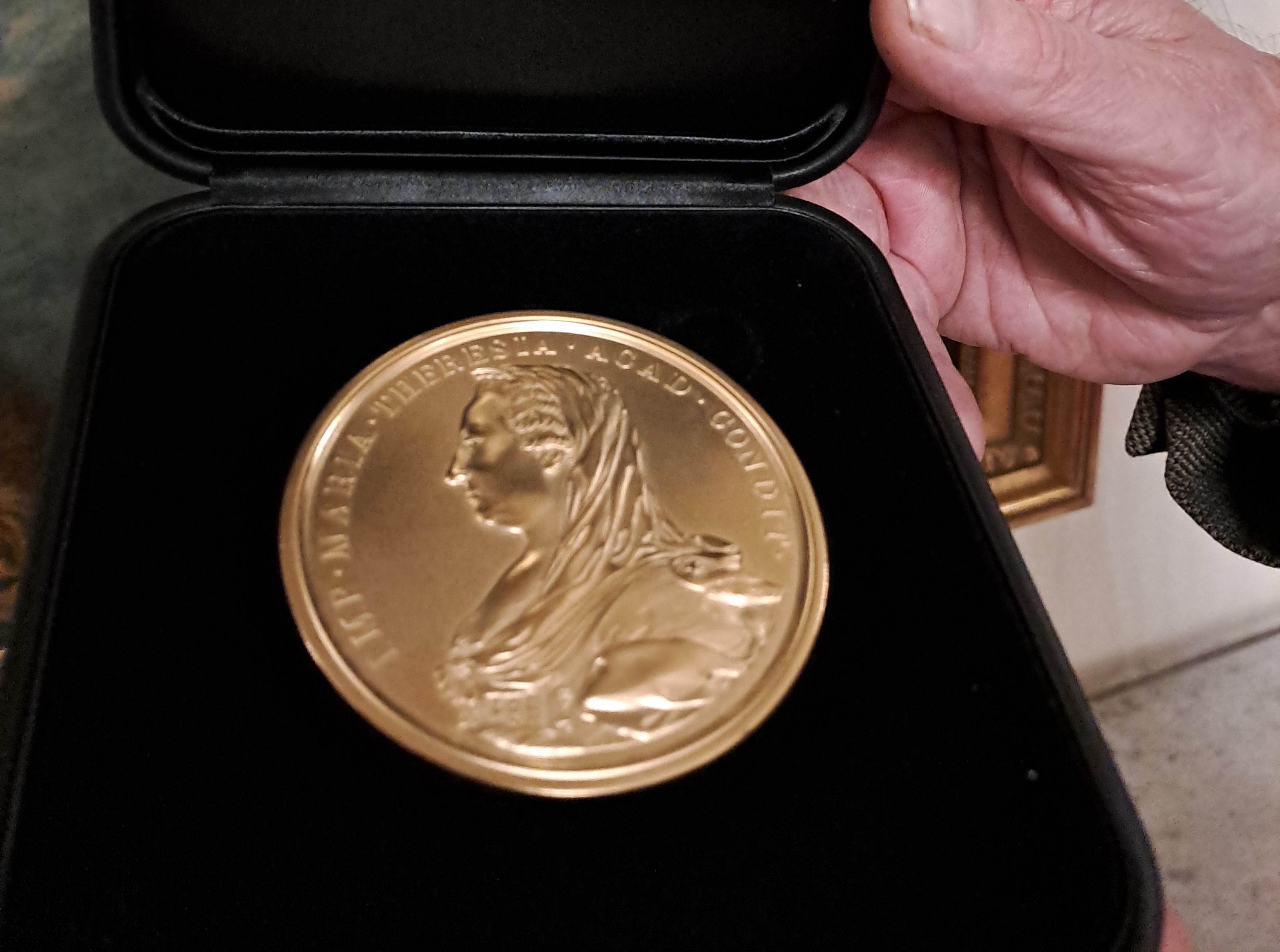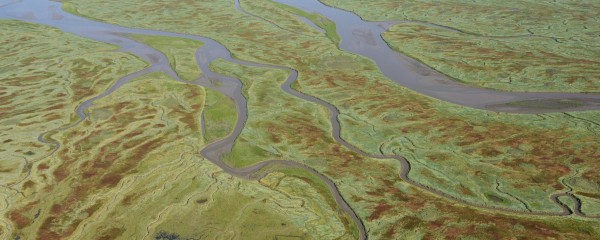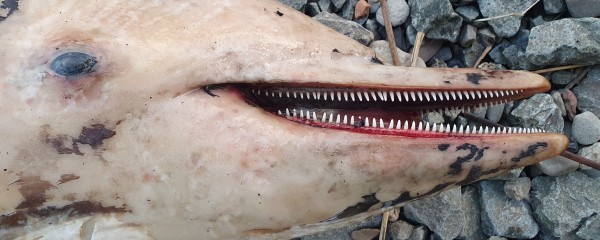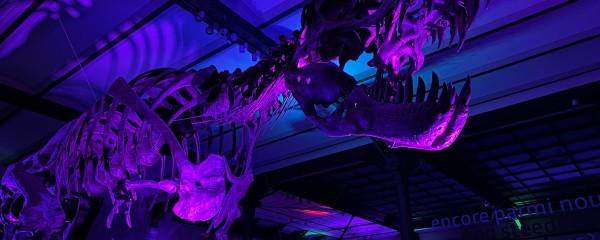Etienne Steurbaut receives the highest distinction in geology in Belgium
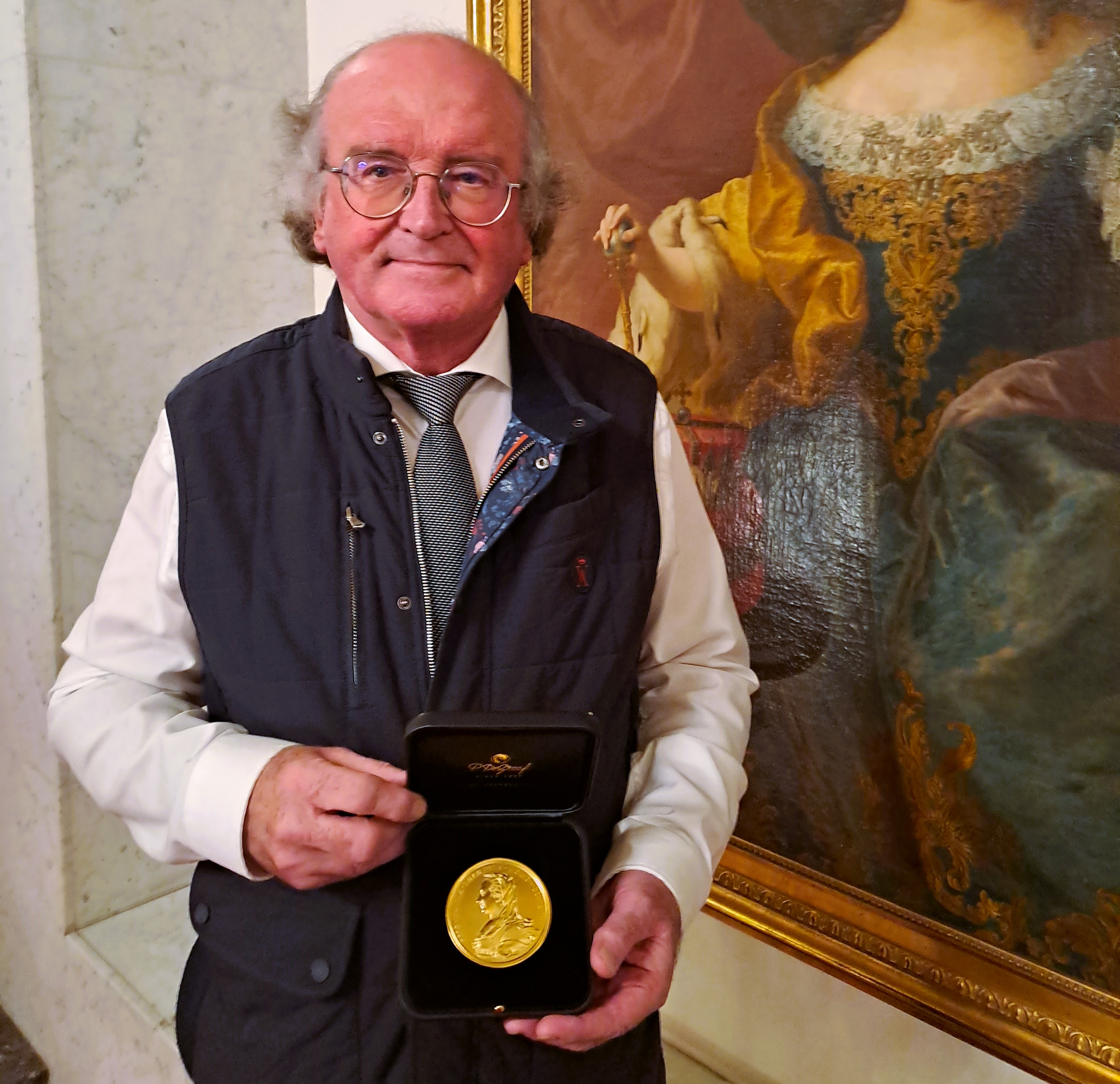
Etienne Steurbaut, former head of the paleontology department at our Institute, has received the highest distinction for geology that a scientist can receive in our country. The 'Médaille d'Or - Prix Paul Fourmarier de Sciences géologiques' from the 'Académie royale des Sciences, des Lettres et des Beaux-Arts de Belgique' honors Steurbaut's research over the past decade. He studied the impact of climate warming on ecosystems during the Paleogene and designed the timeframe that helped unravel the origins and distribution patterns of ancestral whales, certain groups of terrestrial mammals, and marine invertebrates such as squids.
Steurbaut's research focuses on identifying, quantifying, and dating various geological and biological phenomena during the Paleogene (66 to 23 million years ago), the period after the extinction of non-flying dinosaurs. He examines the geological history of key areas in the northern hemisphere to gain a better understanding of the mechanisms leading to sea level changes, rock layer formation, and climate changes.
How can you observe climate changes in the past? One way is by examining coccoliths, which are microscopic calcium plates (one-hundredth of a millimeter in size) that form the armor of single-celled marine algae. These algae are a crucial food source for small crustaceans (copepods). However, the plates do not digest and settle as fecal pellets on the seafloor. They become guide fossils to delineate specific geological periods and provide information about the temperature and salinity of the oceans during their existence. Such tiny calcium-containing fossils offer clues about significant geological changes over the past 180 million years.
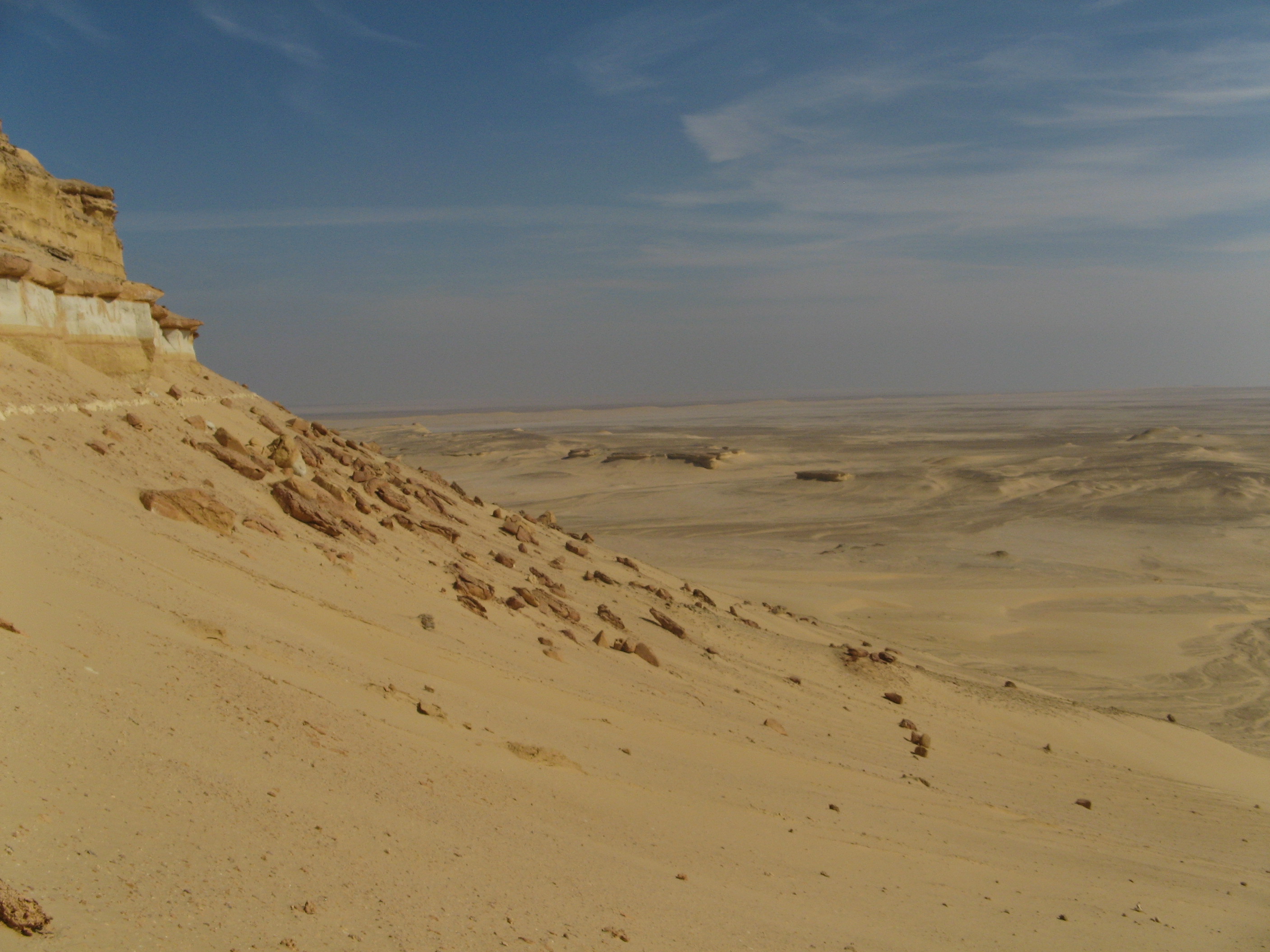
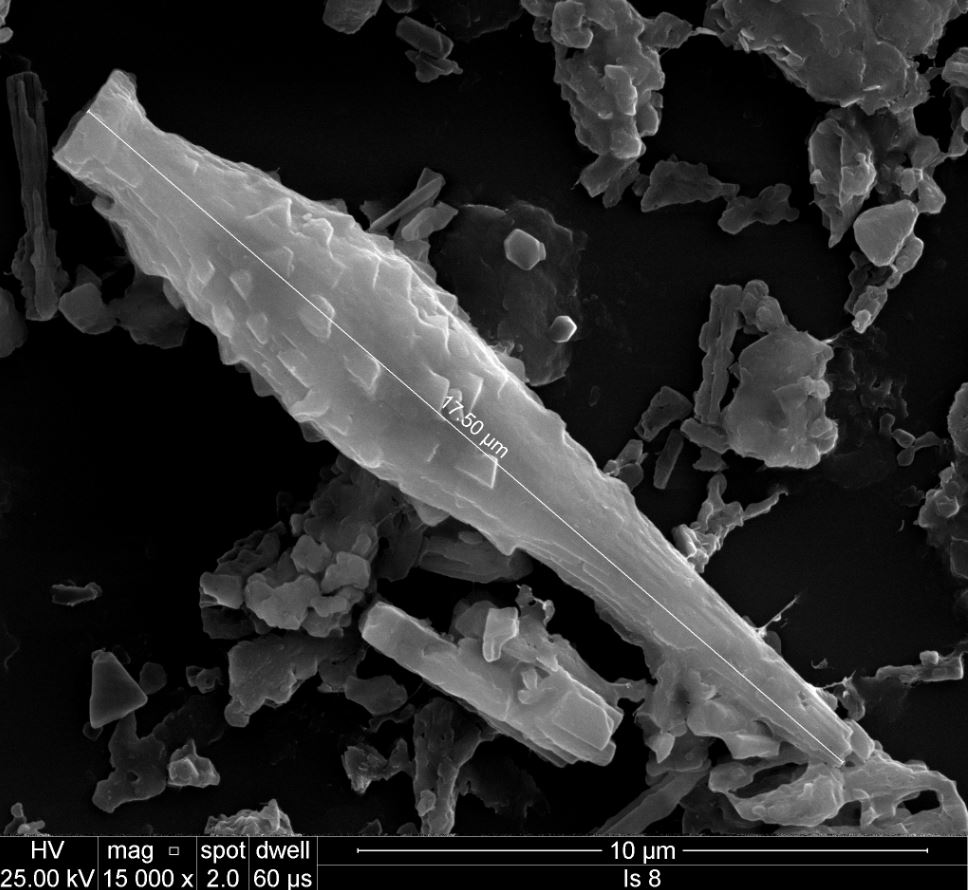
"These microfossils quickly change over time, with species going extinct and others continuing to evolve, serving as a sort of chronometer to determine the age of rock," says Steurbaut. "This was the key to deciphering the geological history of Belgium and several other areas in Europe, North Africa, and Asia during the Paleogene." He also helped assess the impact of intense phases of climate warming on ecosystems at that time.
The acknowledgment given to Etienne Steurbaut is truly meaningful for him. "I won't easily become complacent, but I am incredibly proud of this. It gives me the drive to continue for another five years." As the icing on the cake, Steurbaut also received the Van den Broeck Medal from the Belgian Association for Geology, recently renamed Geologica Belgica Luxemburga, earlier this year.

